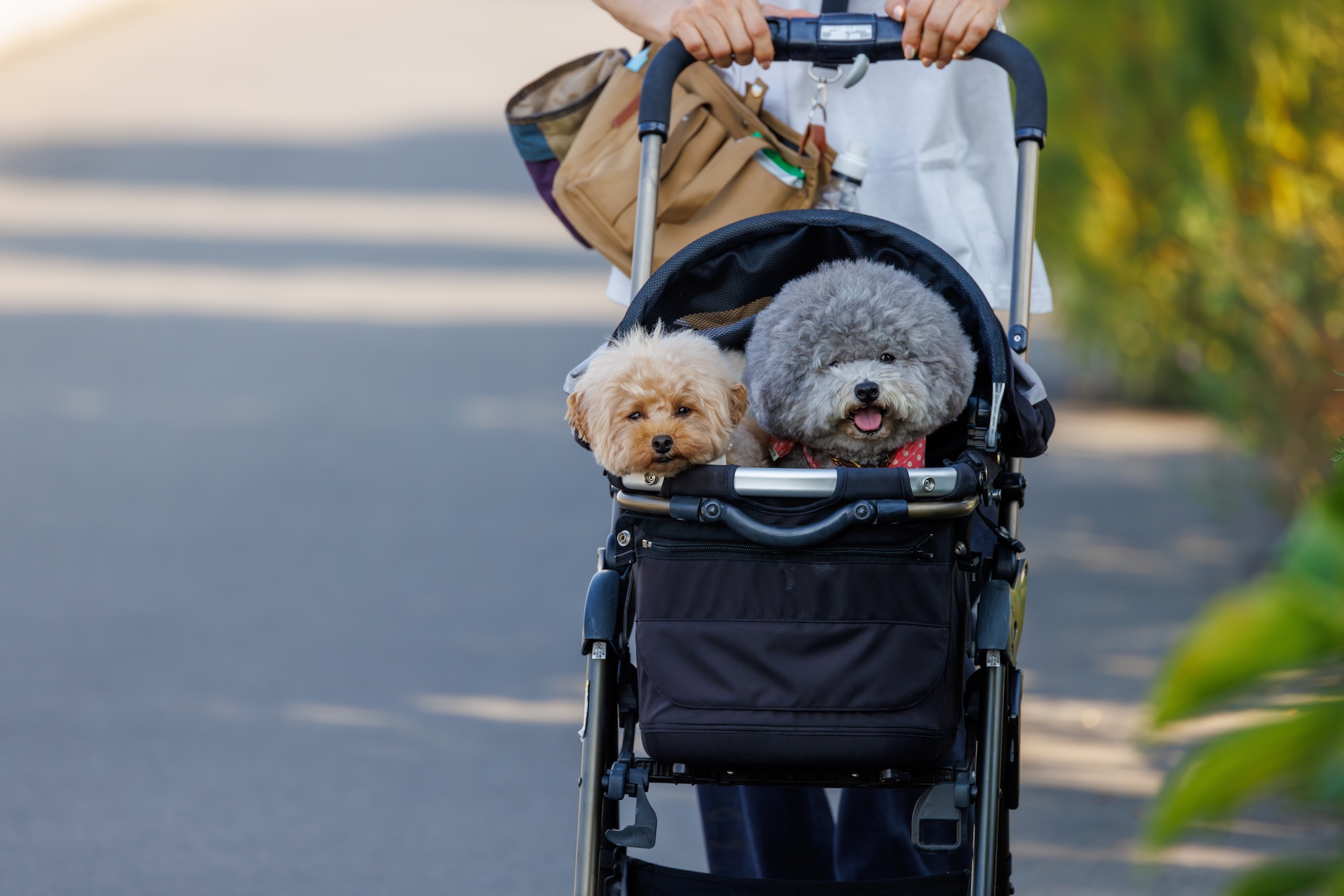Sometimes, it can seem like dogs bond with humans almost instantly. In her book Year of the Puppy, Dr. Alexandra Horowitz cited a study that found adult shelter dogs showed signs of attachment to humans who visited them three times, for ten minutes each.
But it’s not unusual for humans—whether they’ve just brought a dog home or have lived with them for years—to feel like they’d like their bond with a pup to be stronger.
Many sources cite a “3-3-3 rule” for dogs who move into a new home: three days of disorientation, three weeks to settle in, and three months to feel secure and bonded and “be themselves.” But while this general idea has merit—a dog will need time and space to get comfortable—there’s no telling how long it’ll take for any pup to feel like part of the family.
Your dog may acclimate faster than expected, or more slowly. No matter what, you’ll have to watch and listen to them—and go at their pace. Having said that, here are some measures you can take to help forge a lasting, positive relationship.
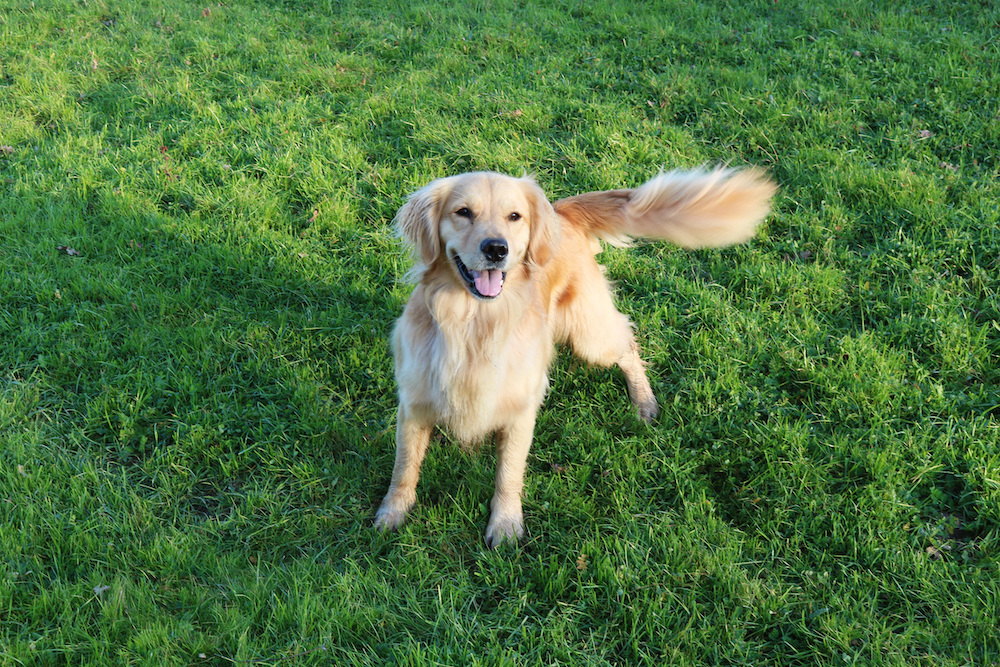
Spend time with your dog
When we spoke to behaviorist Dr. Ian Dunbar, he described a virtuous cycle that takes place as a human praises a dog.
“When you say ‘good boy, you’re a good dog,’” Dr. Dunbar explained, “[your dog’s] tail wags, his butt waggles, and he gets a blast of dopamine and oxytocin. When you see your dog’s butt waggle, you get a blast of oxytocin and dopamine.” Hanging out with your dog and telling them you love them can create a feedback loop that makes you both want to be around each other more.
Once you go deeper into the rabbit hole about oxytocin’s role in the human-dog relationship, things get complicated. Some studies have found that humans and dogs experience increased levels of oxytocin when they do things like gaze at one another, but one—whose own authors professed to be puzzled by their findings—found that neither dogs nor humans got an oxytocin boost from their interactions.
Whatever the scientific explanation, we can be sure that humans and dogs form powerful bonds through play, affection, and other activities. When we asked experts how to make dogs happy, we were told that one of the most important things a human could do was to simply be with their dog. Dr. Clive Wynne, Director of the Canine Science Collaboratory at Arizona State University, explained that—compared with wolves—dogs have a genetic mutation that makes them “exceptionally gregarious” and prone to forge strong emotional bonds with others.
Yuruani Olguin, a dog trainer in New York City, sings the praises of training to help people and dogs become closer. As long as the dog is having a good time—getting reinforced with treats and praise for a job well done, and going at a pace that doesn’t put them under stress—this should work regardless of what skill you’re training. “It doesn’t matter if you’re teaching a sit/stay versus a shake and spin, if it’s a trick versus an obedience cue,” Olguin says. “The dog doesn’t really know the difference. They’re perceiving it the same way: as something positive.”
The closeness these habits build may also come in handy if you ever need to tackle a more demanding training endeavor. Dogs are thinking, feeling beings who work better with those they love. “The bond has to be there for working on any kind of behavioral challenge like aggression, fear, [or] anxiety,” says Olguin. “All those things require a strong bond before the dog can trust you in a stressful situation.”
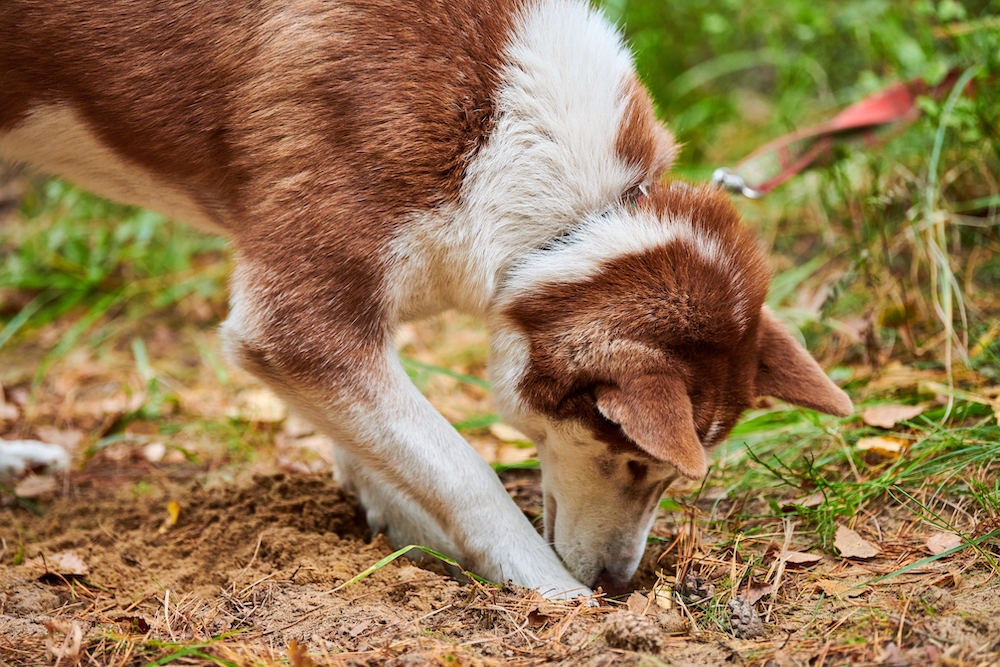
Listen to what your dog is telling you
Every dog is different—so watch yours and do what you can to understand and stay in tune with their particular wants and needs.
In a Psychology Today post, Marc Bekoff, professor emeritus of Ecology and Evolutionary Biology at the University of Colorado, Boulder wrote: “Letting your dog be a dog”—letting them engage in natural behaviors that interest them, like sniffing—“when they’re out and about might also serve to slow you down and have you learn more about your dog as the individual they truly are and what they want and need when they’re supposed to be having fun. Pay attention to individual differences among dogs.”
Activities that your dog enjoys can send them the message that fun things happen when you’re around—and, if you take the right approach, they can also give you an opportunity to discover more about your dog and what they love, yielding more ideas for future bonding.
While dogs (probably, mostly) can’t speak to us in human language, they do communicate about what they want and what they like. Farrah Branson, an Animal Training Manager at Seattle Humane, says that even people who know a bit about canine communication can miss subtler cues. “We’re missing all of the whispered, or quieter, behaviors that they’re showing us,” she says. “When a dog wants to be with you,” she says, “[they] will lean in—a dog will bring his body to you [or] put their paw on you. That is like ‘I trust you, I love you.’ If you’re petting them and they’re putting their paw on you, that is their ‘I’m all in.’”
She details warning signs that your dog may be in distress: “If they’re looking away from you, not making eye contact, or trying to move their body away—you might notice some lip-licking [when] there’s not food around their mouth, or yawning [when] you know they’re not tired and headed to bed or just woke up, those are pretty clear signs that a dog is uncomfortable—they’re sort of whispering that discomfort to you.”
When it comes to affection, try what Dr. Zazie Todd, author of Wag: The Science of Making Your Dog Happy, calls a “consent test.” When you’re petting your dog, stop for a moment and see what they do. If they move toward you, nudge you, or paw at you for more, they probably like it. If they look away, retreat, or show other evidence of stress, they probably aren’t a fan—even if they tolerate it.
This also goes for exercise, training, and other activities. If your dog shows signs of joy—like a wiggly or circular tail wag, or an open, relaxed “smile”—there’s a good chance they’re enjoying themselves. If they drift away or lose interest, maybe they don’t like it or have become bored with this session. Giving your dog breaks when they’re tired is a good way to show that you’re on their side.
And if your dog seems to have more energy than you want around the house, no matter how much exercise you give them, think about giving them a “job”—dog sports, training to be a therapy dog, and other more complex tasks can help a pup use mental energy as well as physical.
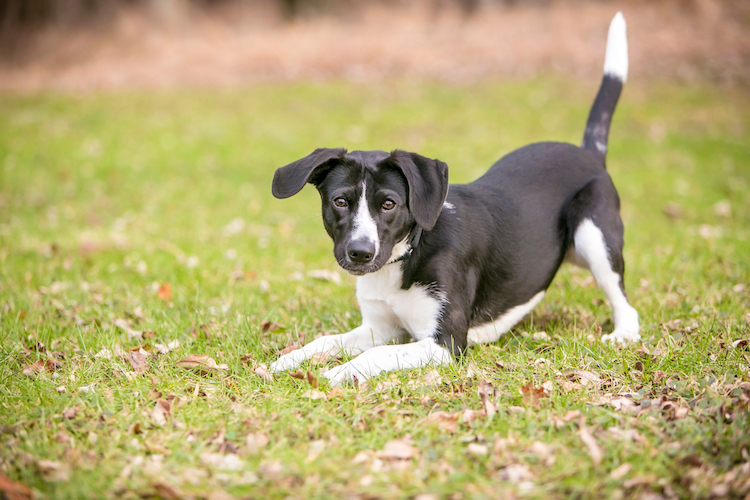
Be consistent with your dog
As noted above, listening to your dog is paramount when you want a strong bond. And it’s equally important to be clear with your pup about what you want from them. “Dogs really like consistency,” says Branson, but “they don’t have your moral compass and understand what your human guidelines are.” It’s up to us to convey those to them. “The clearer we can be about ‘this is when we eat, this is where we do it, this is what’s acceptable,’” she says, “the more comfortable they feel in their world.”
This means that you and anyone else who interacts with your pup should be reliable in your signals about their behavior. Different rules can work for different human-dog combinations. If you want your dog to sleep in your bed or hang out on your couch, go for it (we do). If those habits don’t work for your household, that’s fine, too. But your dog may get frustrated and confused if you sometimes let them engage in a behavior and then tell them they can’t at other times. And if you’re going to keep them in their own sleeping area, make it a cozy place with lots of smells, treats, and other goodies that encourage them to feel content there.
Branson says that successful, consistent training improves communication. “The communication between you increases,” says Branson, “because now your dog performs a trick, you reward them for it and note that they did it, and they feel confident—‘Oh! I know how to make you happy!’”
Speaking of treats, consistency will also be your friend when it comes to your food-sharing policy. If you want your dog to eat only their own food, on the schedule you prefer, then be consistent and don’t occasionally offer them a morsel of your own dinner from the table. Rest assured, your pup will remember and show a persistent hope that it will happen again. Instead, make it fun for them to eat where and when you’d rather they do so.
You might think that changing the rules once in a while is a favor to your dog, but Branson says it’s better for them to know what to expect from you. “A clear routine and schedule for your dog is really comforting,” she says, “and creates confidence in their life and confidence in you.”
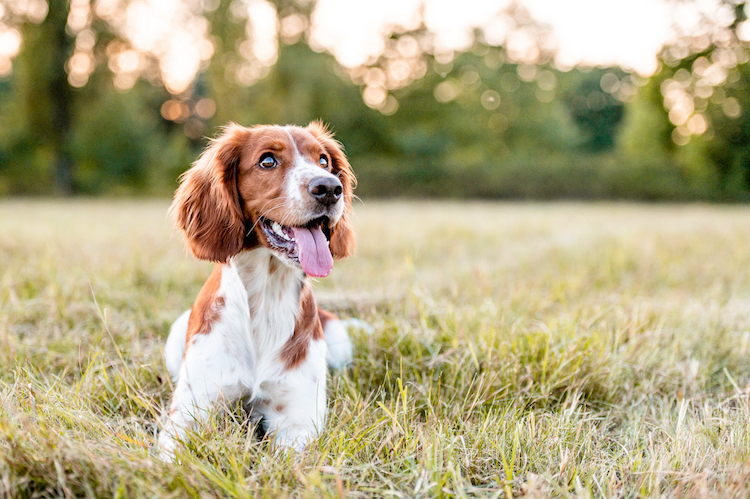
Be kind to your dog
The reality of the relationship between a human and a homed dog is that the dog depends on the human to satisfy their wants and needs. One way or another, if you do your best to fulfill that responsibility to your dog, chances are they’re going to like you and bond with you.
When we spoke to Dr. Dunbar, he remembered developing a machine intended to curb excessive barking. It worked by giving dogs food as a reward at certain intervals. What he found was that not only did this technique reduce unwanted barking, but the dogs also behaved as if they were bonding with the machine. “It was uncanny,” Dr. Dunbar recalled. “We checked that by putting the machine in different places in the house,” he continued. “The dog’s lying right next to it, responding to it.” If an unthinking, unfeeling machine can earn dogs’ favor by doling out well-timed treats, imagine how powerful you are with your access to favorite foods, toys, and scratching techniques—and your genuine affection for said pup.
Another piece of advice from Dr. Bekoff is to tell your dog that they’re a “good dog,” even if they haven’t done something specific to “deserve” it. Branson, too, challenges the oft-repeated notion among some trainers that dogs shouldn’t get anything for free: “If we looked around our personal world,” she says, “we’d say there are things that are free.”
It’s fine to give your dog treats, praise, affection, or play just because you love them. This is also a type of training; it conditions them to associate you with positive things in their world. Branson says that giving your dog an “unearned” treat, pet, or “good boy/girl” from time to time is a great way to reinforce positive feelings about being with you. It can also result in another good sign for your human-canine relations, a dog who regularly “checks in” with you, whatever you’re both up to.
The exception here is that you shouldn’t give your dog rewards for behavior that you find undesirable. For example, if you don’t want your dog to bark excessively, it’s not advisable to praise your dog or give them a treat in response to what you’d consider inappropriate barking. Instead, you should address the barking—and we have some tips for that very issue.
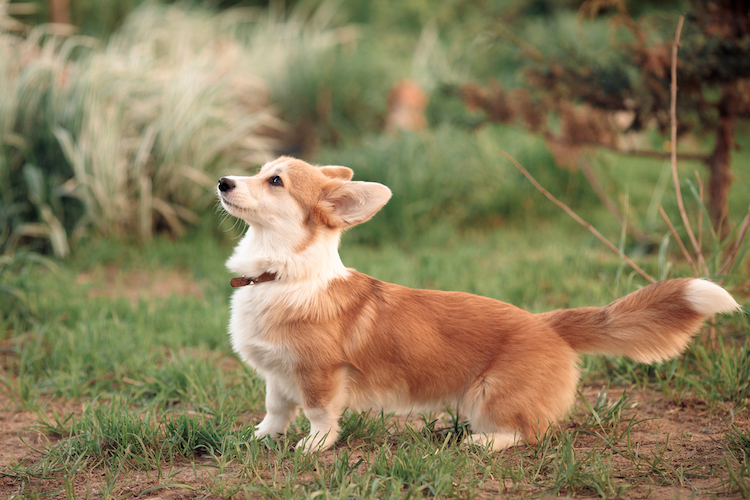
Be patient with your dog
Being a well-cared-for dog may be a wonderful experience, but, at times, it’s also confusing. If you bring a dog home and they’re not immediately acting like your best friend, consider how you’d feel if you woke up in a house with a bunch of strangers. Even if they fed you well, praised you, and played all of your favorite games with you, you might take some time to trust them; after all, you just met.
Love has to go both ways, and you can’t force a dog to love you. But, if you give them what they need without demanding that they respond with effusive affection right away, it’s likely that they will become very fond of you.
And it’s worth taking the time to build a real connection with your dog, even if it’s not exactly what you pictured in the beginning.
“Some dogs are cuddly, and some dogs aren’t,” says Branson, and you’re not going to change a dog’s basic personality. But there are things you can do to try to get more affection out of a dog, as long as you go at their pace. “If you think about a rescue dog who hasn’t been allowed to snuggle with a human or be close,” Branson says, “and doesn’t understand that that can be a positive engagement, sitting on the floor with a jar of delicious snacks, and every time your dog comes over he gets a treat, would certainly increase his comfort around being close and snuggly with you.” This approach has the dual benefits of associating yourself with tasty treats and putting yourself down on a dog’s physical level, where they may be more comfortable getting close.
All in all, recognizing that a dog has complex emotions and may need time and space to get in sync with you will always be an asset in building a mutually beneficial relationship.
“It’s really about first meeting the dog’s needs,” says Olguin, “creating a sense of routine [and] giving them that reassurance that they’re in a safe place with you—so that bond can develop with the desired behaviors that a lot of people think are just going to happen from day one.”

